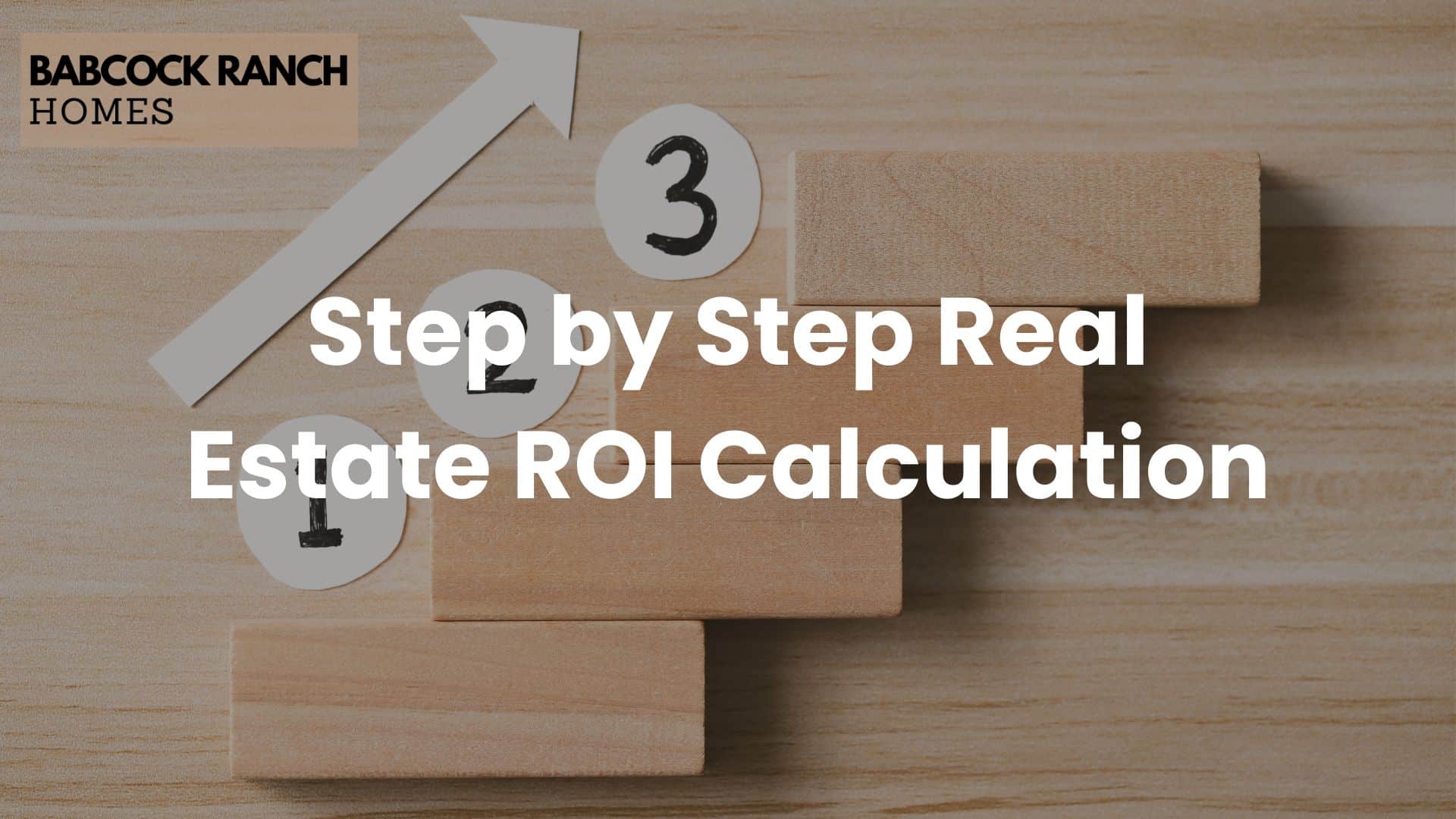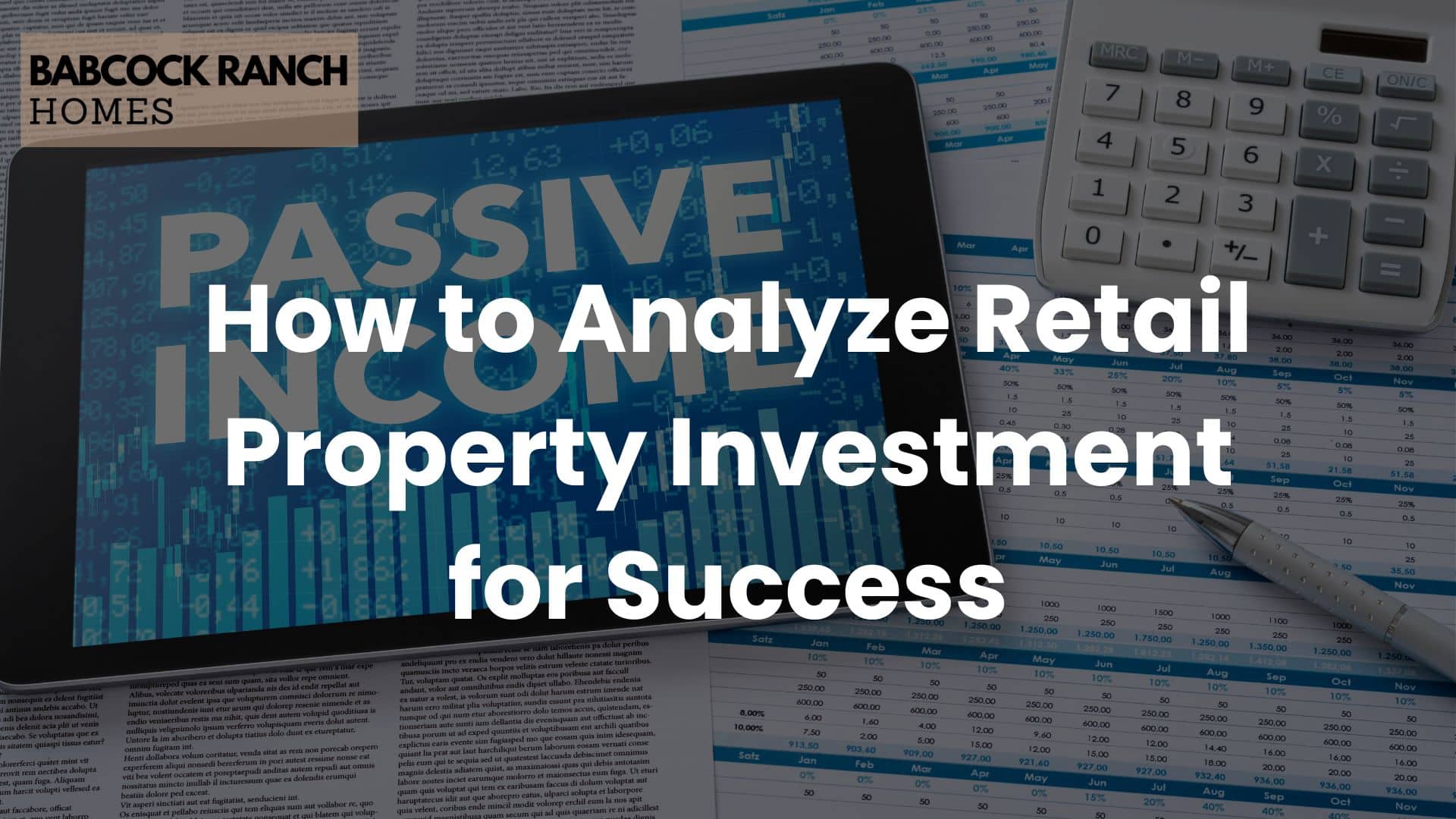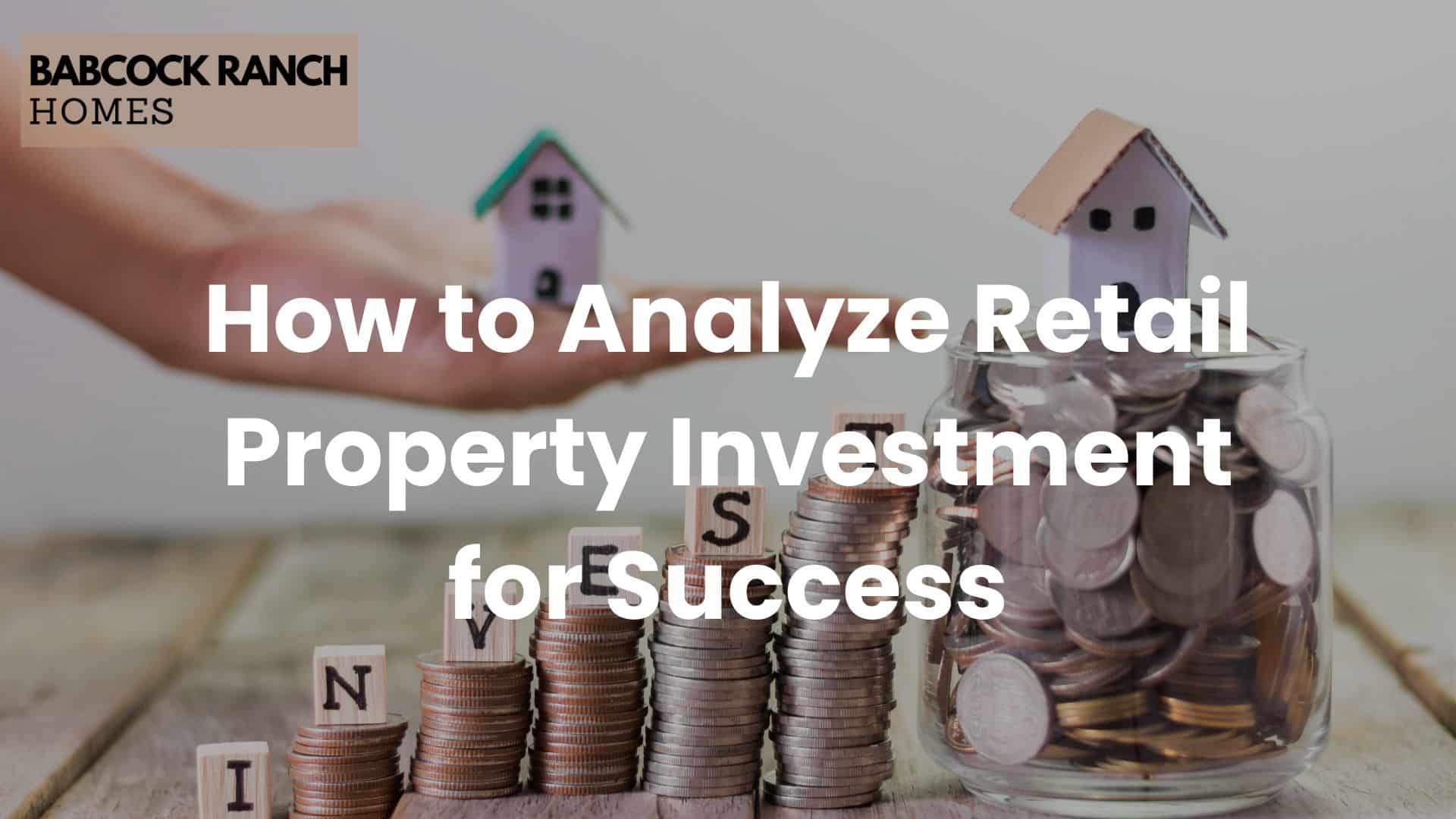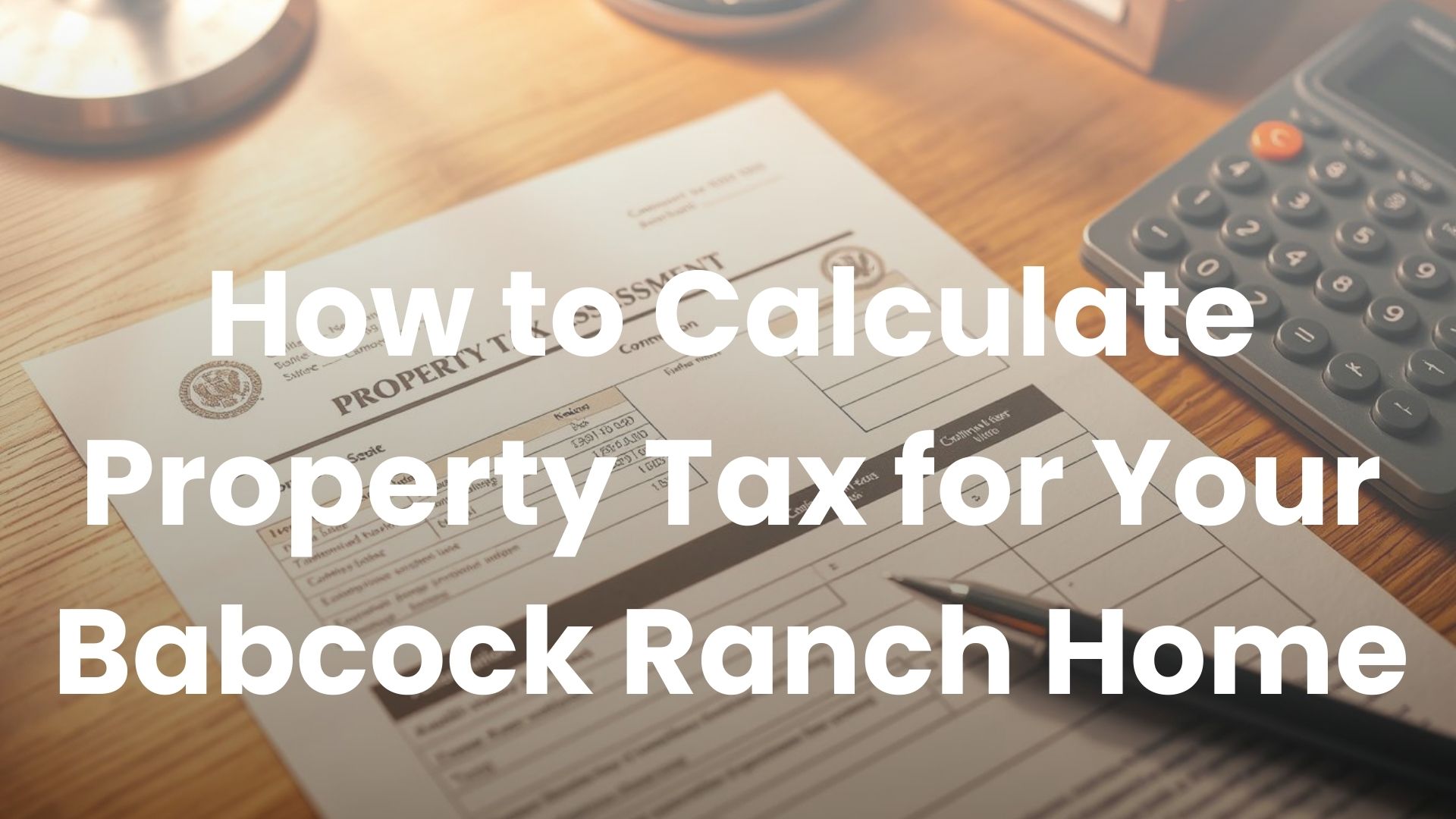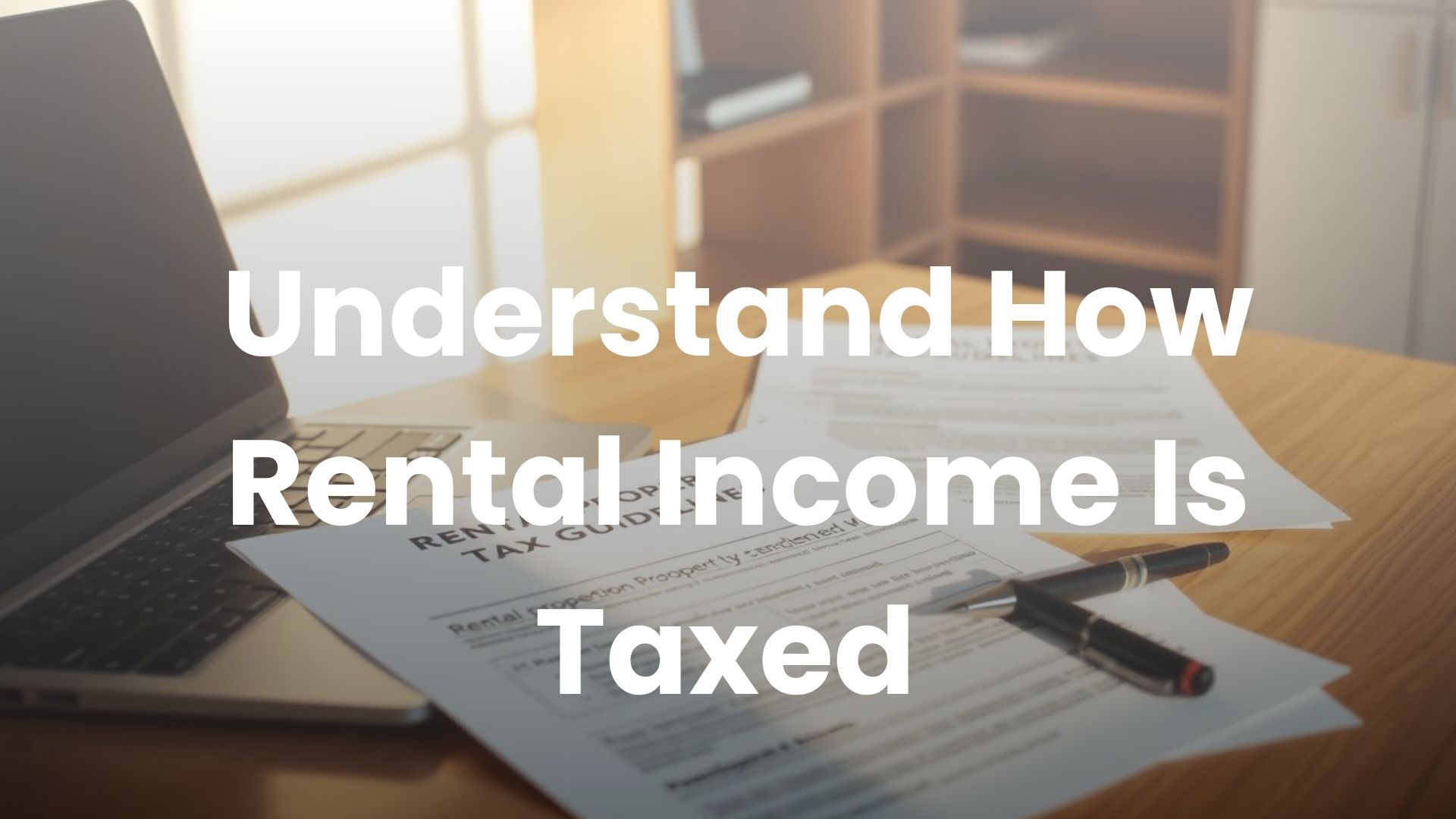
Understanding shifts in property values and buyer behavior requires expertise. Babcock Ranch Homes, located in Babcock Ranch, Florida, combines decades of local knowledge with global insights to help clients navigate today’s dynamic landscape. With projections showing the industry could grow to $8.69 trillion by 2033, interpreting patterns is more critical than ever.
This guide blends actionable strategies with practical advice tailored for buyers and investors. Whether you’re exploring opportunities or refining your portfolio, data-driven decisions start with reliable information. Babcock Ranch’s specialists use advanced tools to track supply, demand, and pricing shifts—ensuring you stay ahead.
Local markets like Babcock Ranch, Florida, often follow unique rhythms. For example, seasonal demand fluctuations or infrastructure developments can impact opportunities. Our team breaks down these nuances while aligning them with broader trends. Call 518-569-7173 to discuss how personalized insights can shape your next move.
Key Takeaways
- Global projections suggest steady growth, emphasizing the value of expert guidance.
- Local markets require tailored strategies to account for unique factors like seasonal demand.
- Combining technology with human expertise improves decision-making accuracy.
- Case studies illustrate how data translates into real-world success stories.
- First-time buyers and seasoned investors benefit from clear, actionable insights.
Understanding the Real Estate Market Landscape
Navigating property investments demands awareness of interconnected forces shaping opportunities. Global patterns and neighborhood dynamics both play vital roles in decision-making. Babcock Ranch Homes bridges this gap by blending worldwide data with hyperlocal expertise specific to Babcock Ranch, Florida.
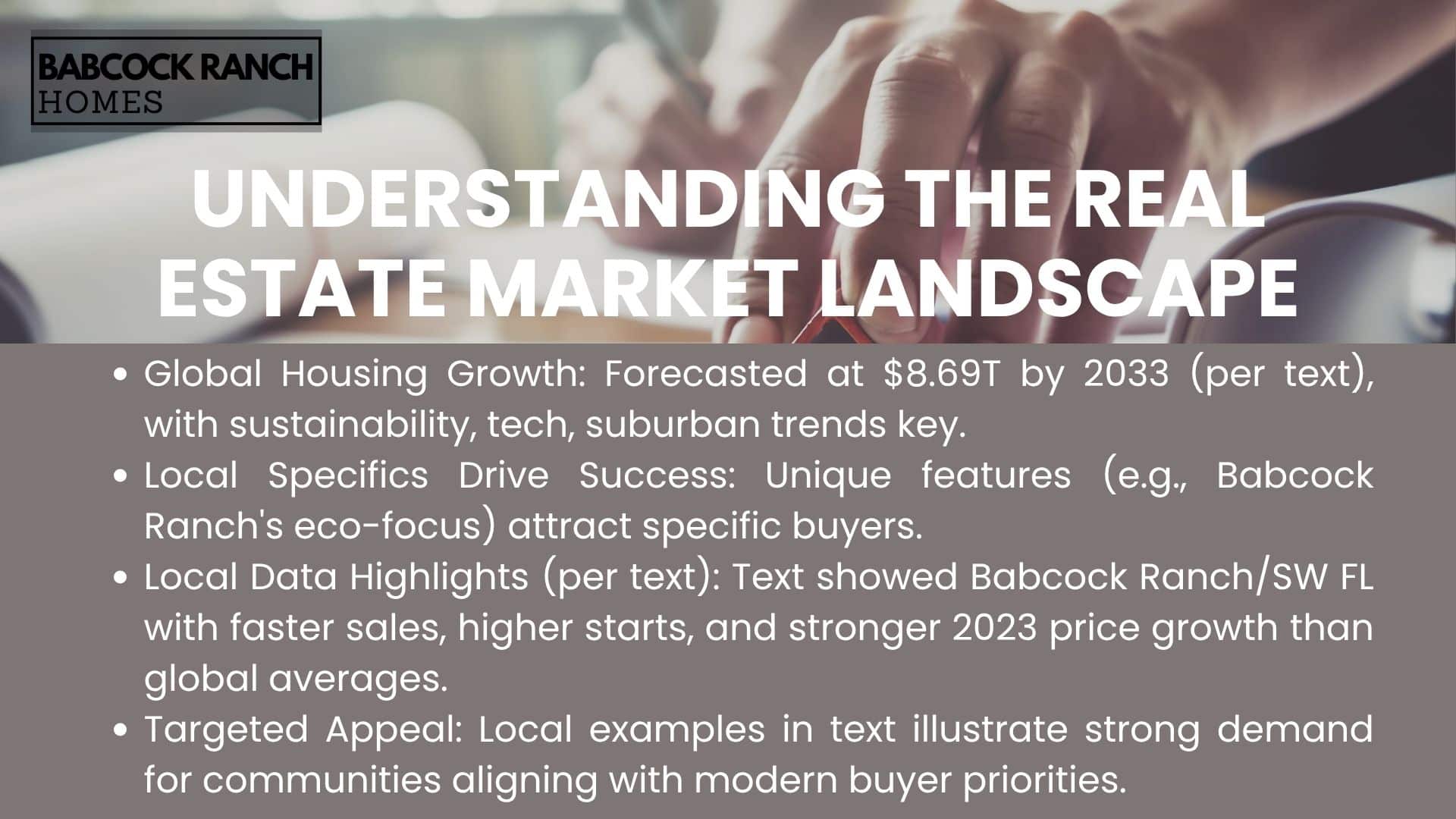
Global Trends and Market Projections
The IMARC Group forecasts a $8.69 trillion valuation for housing worldwide by 2033. This growth stems from urbanization, demographic shifts, and evolving buyer priorities. Three key drivers stand out:
- Increased demand for sustainable communities
- Technology integration in property development
- Rising interest in suburban living post-pandemic
| Factor | Global Impact | Local Influence |
|---|---|---|
| Housing Starts | +4.1% annually | +12% in Babcock Ranch |
| Inventory Turnover | 38 days average | 22 days locally |
| Price Growth | 5.2% (2023) | 8.9% in Southwest Florida |
Local Market Insights in Babcock Ranch, Florida
While global numbers set the stage, neighborhood-level details determine success. Babcock Ranch’s solar-powered homes and community design attract eco-conscious buyers. Recent data shows:
- 15% faster sales than regional averages
- 20% premium on energy-efficient features
- Tripled school enrollment since 2020
These metrics reveal why 63% of investors here prioritize long-term livability over short-term gains. As infrastructure expands, Babcock Ranch Homes helps clients align portfolios with these shifts.
How to analyze real estate market trends
Clear goals transform raw numbers into actionable insights. Whether assessing residential properties or commercial opportunities, defining objectives early creates focus. Investors often save weeks of research by clarifying priorities like profit margins or long-term appreciation first.
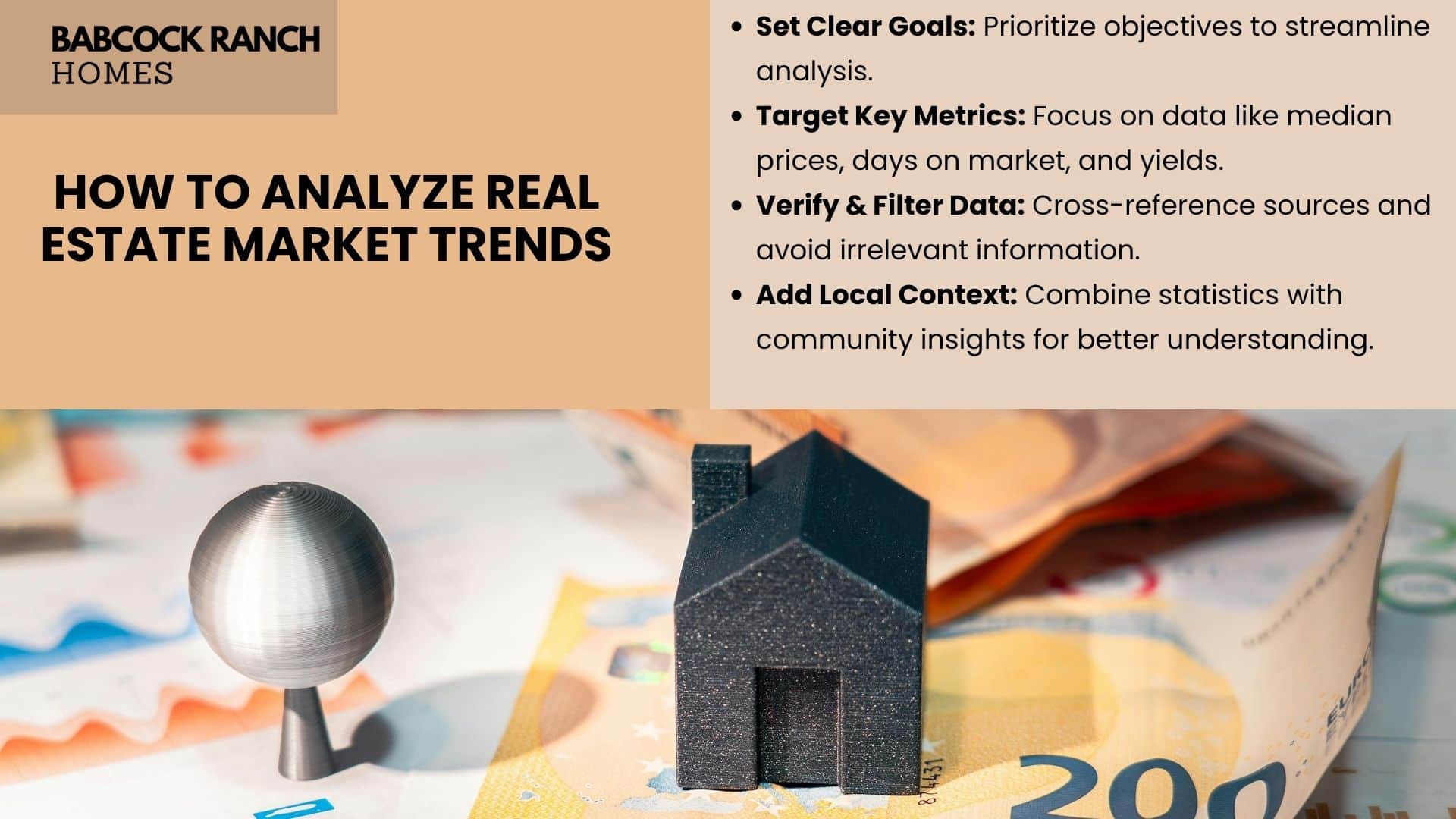
Defining Your Analysis Objectives
Start by asking: What outcomes matter most? A buyer seeking affordable homes needs different information than an investor targeting high-growth areas. Common objectives include:
| Objective | Key Metrics | Purpose |
|---|---|---|
| Pricing Comparisons | Median prices, price/sq.ft. | Identify undervalued assets |
| Demand Assessment | Days on market, buyer inquiries | Gauge competition intensity |
| Investor Priorities | Rental yields, occupancy rates | Evaluate cash flow potential |
For example, comparing neighborhood price trends helps spot emerging hotspots. This approach avoids analysis paralysis by filtering irrelevant data. Challenges like conflicting reports or outdated figures can mislead decisions—cross-referencing multiple sources reduces errors.
Successful strategies balance numbers with context. While median prices show patterns, local factors like school expansions explain why values shift. Pairing stats with community insights creates a complete picture for both first-time buyers and seasoned investors.
Gathering Data and Identifying Key Market Indicators
Accurate insights begin with precise data collection. Investors and buyers need verified sources like government databases, MLS listings, and industry platforms to assess opportunities. For example, building permit approvals often signal future supply shifts, while housing starts reflect developer confidence.

Evaluating Supply and Demand
Balancing available properties with buyer interest shapes pricing strategies. A neighborhood with 3 months of inventory typically favors sellers, while 6+ months indicates buyer leverage. Key metrics include:
- Active listings vs. pending sales ratios
- Average days on market trends
- Absorption rates for new developments
| Metric | Supply Indicator | Demand Signal |
|---|---|---|
| Building Permits | Future construction volume | Developer risk assessment |
| Price Reductions | Excess inventory | Buyer negotiation power |
| Rental Vacancies | Landlord competition | Tenant demand shifts |
Tracking Pricing, Inventory, and Economic Metrics
Median home prices alone don’t tell the full story. Combining them with employment rates or mortgage application data reveals deeper patterns. Tools like Realtor.com’s Market Hotness Index or local tax assessment records help filter noise.
Actionable reports merge numbers with context—like noting a 15% school enrollment jump alongside rising property values. This dual approach helps investors spot hidden potential while avoiding overpriced assets.
Leveraging Technology and Data Analytics in Real Estate
The intersection of technology and property insights reshapes decision-making processes. Advanced platforms now process millions of data points—from MLS listings to economic indicators—delivering actionable intelligence in seconds. This shift empowers stakeholders to act swiftly in fast-moving environments.
Utilizing AI Tools for Market Reports
Artificial intelligence transforms raw numbers into strategic advantages. Systems track median pricing data across neighborhoods while monitoring inventory shifts. One platform flagged a 17% price surge in Southwest Florida six weeks before traditional methods detected it.
Automated reports highlight emerging opportunities, like rising rental income patterns near new transit hubs. Predictive algorithms assess supply constraints and growth projections, helping investors prioritize high-potential assets. Sellers adjust strategies using real-time buyer demand metrics, while buyers identify undervalued properties faster.
Consider these AI-driven benefits:
- Instant alerts on zoning changes affecting property values
- Custom dashboards comparing regional market velocities
- Risk assessments factoring local employment trends
As one industry leader noted, “The days of manual spreadsheets are over—precision comes from machine learning.” Adopting these tools positions users ahead in evolving markets.
Implementing Analysis for Smart Real Estate Investment
Smart investments start with translating data into clear strategies. A 2023 National Association of Realtors study found investors using structured frameworks achieved 23% higher returns than those relying on intuition alone.
- Prioritize goals (cash flow vs. appreciation)
- Map metrics to local conditions
- Stress-test assumptions against economic shifts
- Create contingency plans for unexpected changes
Neighborhood quality often determines long-term success. Properties near parks or top-rated schools typically hold value better during downturns. Consider this comparison for Southwest Florida:
| Factor | High ROI Areas | Risk-Prone Areas |
|---|---|---|
| Walkability Score | 85+ | Below 50 |
| School Rating | 8/10+ | 6/10 or lower |
| Amenity Density | 15+ services/mile | Under 5 |
Timing remains critical. One investor doubled profits by purchasing condos near a planned transit hub six months before construction announcements. Track permit filings and infrastructure budgets to spot similar opportunities.
Integrate findings into your business plan by aligning acquisitions with cash flow projections. Update assessments quarterly—markets evolve faster than annual reviews can capture. As one portfolio manager notes, “Data without deadlines gathers dust.”
Interpreting Data into Actionable Investment Insights
Turning spreadsheets into strategies requires more than raw numbers—it demands context. Comparative market analysis bridges this gap by revealing patterns invisible in standalone data. Babcock Ranch specialists combine neighborhood metrics with broader economic indicators to identify high-potential opportunities.
Comparative Market Analysis Techniques
Effective comparisons start with historical benchmarks. Reviewing price movements over the past 5 years helps spot neighborhoods outpacing regional averages. For example, areas near new healthcare facilities often show 18-22% faster appreciation than others.
| Neighborhood | 5-Year Price Growth | Job Growth | School Rating |
|---|---|---|---|
| Sunset Cove | 34% | +12% | 9/10 |
| Green Valley | 27% | +8% | 7/10 |
| Lakeview Hills | 41% | +19% | 8/10 |
Local employment trends often predict housing demand. Areas with expanding tech hubs typically attract younger professionals willing to pay premium prices. One recent analysis showed homes near innovation districts sell 14 days faster than others.
Successful estate investors balance statistics with street-level insights. While 63% of people prioritize walkability, qualitative factors like park renovations or new retail centers can shift preferences. A 2023 case study revealed condos near upgraded trails leased 40% faster despite identical pricing to comparable units.
Practical application matters most. One investor team increased returns by 31% after cross-referencing rental yields with school district expansions. As markets evolve, continuous comparison separates reactive decisions from proactive strategies.
Expert Tips and Guidance from Babcock Ranch Homes
Navigating complex property dynamics requires local insights paired with proven strategies. Babcock Ranch Homes delivers tailored solutions by merging neighborhood-specific knowledge with industry-leading analytics.
Local Expertise and Market Validation
Hyperlocal factors drive housing decisions in Southwest Florida. Recent data shows buyers pay 9% more for homes near community solar farms—a key feature of Babcock Ranch properties. Consider these actionable insights:
| Strategy | Buyer Benefit | Investor Advantage |
|---|---|---|
| Pre-construction Analysis | Secures below-market pricing | Identifies high-growth zones |
| Demand Forecasting | Reduces bidding wars | Predicts rental yield shifts |
| Negotiation Frameworks | Lowers closing costs by 12-18% | Improves portfolio diversification |
One investor avoided overpaying by 23% using our neighborhood absorption rate reports. Another family secured their dream home before listing through off-market connections.
Personalized Guidance for Confident Decisions
Validated information separates speculation from opportunity. Our specialists recently guided a client to purchase a condo unit weeks before new school construction announcements—locking in instant equity growth.
Key benefits of personalized consultations:
- Customized reports tracking 15+ local demand indicators
- Access to pre-listing opportunities in high-demand areas
- Stress-testing financial models against rate fluctuations
“Working with experts transformed guesswork into precision,” shared a recent buyer who saved $28,000 through strategic negotiations. For insights tailored to your goals, contact Babcock Ranch Homes at 518-569-7173. Let’s turn local knowledge into your competitive edge.
Conclusion
Making informed property decisions requires blending current data with neighborhood-level expertise. Global housing could reach $8.69 trillion by 2033, yet local factors like school expansions or solar-powered amenities drive success in areas like Babcock Ranch. Structured market analysis bridges these scales, turning numbers into actionable strategies.
Key metrics—from median price shifts to inventory turnover—reveal opportunities others miss. Technology accelerates insights, but human experience interprets them. Babcock Ranch Homes combines both, offering tailored reports that align with your goals, whether you’re buying a first home or expanding a portfolio.
This guide equips you to act confidently. Use it to assess supply patterns, evaluate growth potential, and prioritize high-demand areas. For personalized support, contact Babcock Ranch Homes at 518-569-7173. Let’s transform data into your next smart move.

